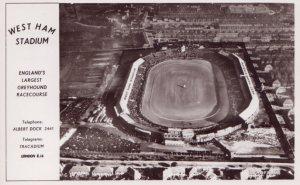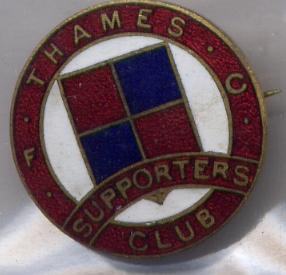“Build it and they will come” How often have we heard that line in films. The concept that you can create demand for something by artificially creating supply. This is certainly the mantra that has worked for the likes of Qatar in their dream of hosting the FIFA World Cup Finals (that and a pot of cash like no one has ever seen). Alas in English football it has also been the rhyme of fools more too often. Take Darlington FC. Currently in administration, playing next season at the lowest level in their history and in a stadium that is 10 times bigger than they actually need. Or Coventry City who moved to the Ricoh Arena a few years ago with the hopes of sell out games against Manchester United and Liverpool whereas next season they will be hosting Crawley Town and Brentford in front of a few thousand.

Back in 1928 a consortium of businessmen heralded the opening of the West Ham Stadium in East London. Built with a capacity of 120,000 it was the biggest stadium in England at the time and was earmarked to compete directly against Wembley Stadium as a venue for all sports. Initially the stadium was used for Greyhound and Speedway racing although the owners soon saw that football was the way forward.
An application was made to join the Southern League for the 1928/29 season where they competed for two seasons, finishing in third place in 1930. The owners felt that the club were perfectly placed to compete in the Football League, and surprisingly their application to join was accepted from the 1930/31 season, taking the place of Merthyr Town.
Alas, with clubs like West Ham, Clapton (Leyton) Orient, Millwall and Arsenal all located close by, the general public failed to warm to the new League club and crowds were appalling. In fact in December 1930 they set the Football League record for the lowest ever attendance (that still stands today) of just 439 for the game versus Luton Town. In that first season the club finished in 20th place (out of 22 clubs), with an appalling away record of taking just three points from a possible forty two.

The stadium continued to host greyhound and speedway right up until 1972, although the capacity was reduced due to safety issues at regular intervals. Finally it became too expensive to run and the ground was sold to property developers. Today it is a housing estate with nothing to show of its proud history than a few street names with nods to the sports that were once played there.
Thames FC could have made a huge difference on football if the locals had got behind the team. With no London team at the time having a real impact on English football with the right support they could have today been challenging the Manchester clubs for honours and resources.
Next up – Wigan Borough

